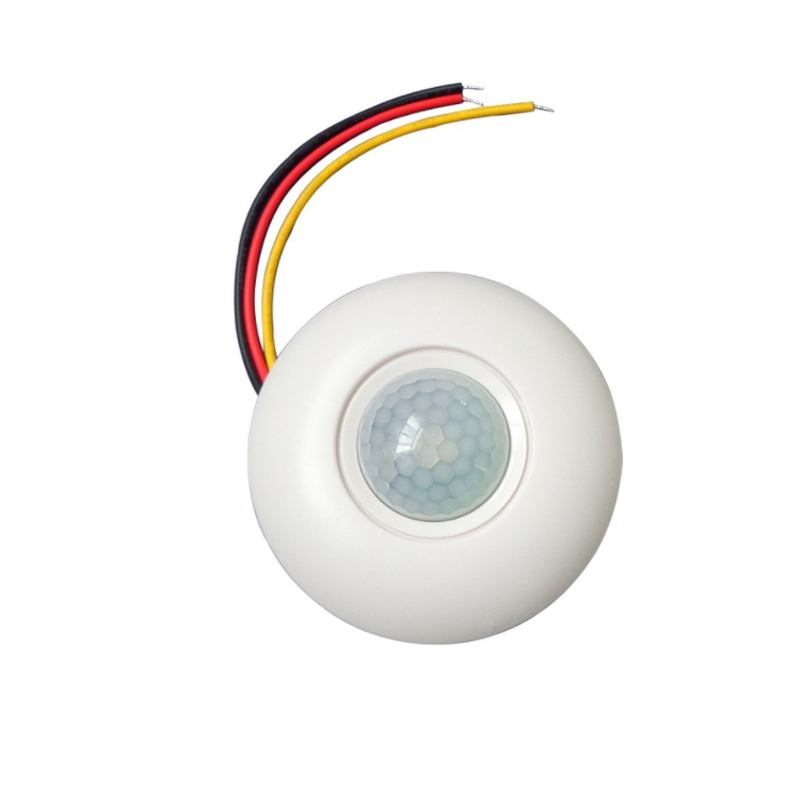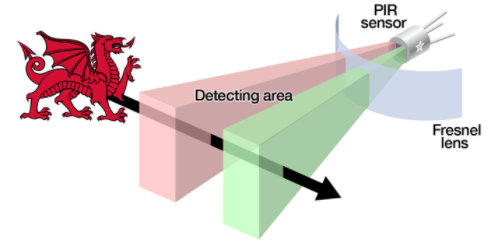What is a PIR Sensor ?
A sensor that uses the physical properties of infrared rays for measurement. Infrared light, also known as infrared light, has the properties of reflection, refraction, scattering, interference, absorption, etc. Any substance, as long as it has a certain temperature (higher than absolute zero), can radiate infrared ray. The infrared sensor does not directly contact with the object to be measured, so there is no friction, and it has the advantages of high sensitivity and fast response.
The infrared sensor comprises an optical system, a detection element and a conversion circuit. Optical systems can be divided into transmission type and reflection type according to different structures. The detection elements can be divided into thermal detection elements and photoelectric detection elements according to the working principle. Thermistors are the most widely used thermistors. When the thermistor is exposed to infrared radiation, the temperature rises, and the resistance changes (this change may be larger or smaller, because thermistors can be divided into positive temperature coefficient thermistors and negative temperature coefficient thermistors), and they become electrical signals through the conversion circuit. Photoelectric detection elements are commonly used as photosensitive elements, which are usually made of lead sulfide, lead selenide, indium arsenide, antimony arsenide, mercury cadmium telluride ternary alloy, germanium and silicon doped materials.
Infrared sensors are often used to diagnose and treat diseases (see thermal imager); The use of infrared sensors on satellites to monitor the Earth's clouds can achieve a wide range of weather forecasts; The infrared sensor can be used to detect the overheating of the running engine on the aircraft.
Telescopes with infrared sensors can be used for military operations, forest warfare detects enemies in dense forests, and urban warfare detects enemies behind walls. All of the above use infrared sensors to measure the temperature of human body surface to know where the enemy is.
Step 1: How PIRs Work
How does the infrared sensor work
Infrared ray is a kind of light invisible to human eyes. Therefore, it has all the characteristics of light. All materials above absolute zero, i.e. - 273 ℃, can produce infrared ray. According to the characteristics of infrared ray, infrared ray is used in a variety of sensors, such as infrared temperature and humidity sensors, human infrared detectors, and so on. Infrared sensors are also divided into different types according to the emission mode and energy conversion mode. Now, let's have a detailed understanding of the working principles and characteristics of different infrared sensors. According to different sending modes, infrared sensors can be divided into active and passive ones.
1、 Active infrared sensor
The transmitter of the active infrared sensor sends out a modulated infrared beam, which is received by the infrared receiver, thus forming a warning line composed of infrared beams. When encountering the shelter of leaves, rain, small animals, snow, sand and dust, fog, the alarm shall not be given, and the alarm will be given when people or objects of considerable volume are sheltered. The active infrared detector technology mainly adopts one sending and one receiving, which belongs to linear prevention. Now it has developed from the original single beam to multiple beams, and it can also send and receive two beams to minimize the false alarm rate, thus enhancing the stability and reliability of the product.
As infrared ray belongs to the detection medium with good incoherence of environmental factors (sound, lightning, vibration, various artificial light sources and electromagnetic interference sources in the environment have good incoherence); At the same time, it is also a product with good coherence of target factors (only when the target of infrared beam is blocked, the alarm will be triggered), so the active infrared sensor will be further promoted and applied.
2、 Passive infrared sensor
Passive infrared sensor works by detecting infrared ray emitted by human body. The sensor collects the external infrared radiation and then gathers it on the infrared sensor. Infrared sensors usually use pyroelectric components, which will release charges when they receive changes in infrared radiation temperature, and will give an alarm after detection and processing. This sensor is aimed at detecting human radiation. Therefore, the wavelength of radiation sensing element is 10 μ The infrared radiation around m must be very sensitive. In order to be sensitive to the infrared radiation of human body, its radiation surface is usually covered with special filters, so that the environmental interference is obviously controlled.
The passive infrared sensor consists of two pyroelectric elements connected in series or in parallel with each other. In addition, the two electric polarization directions are exactly opposite, and the environmental background radiation has almost the same effect on the two pyroelectric elements, so that their pyroelectric effects cancel each other, so the detector has no signal output. Once the intruder enters the detection area, the infrared radiation of the human body is focused through some mirrors, so that it is received by the pyroelectric element. However, the heat received by the two pyroelectric elements is different, and the pyroelectricity is also different, which cannot be offset, and the alarm is given after signal processing. Passive infrared sensors are widely used in human infrared detectors. According to the different ways of energy conversion, infrared sensors can be divided into photon type and pyroelectric type.
Application of PIR sensor
Flame detector
Operating principle of infrared sensor
The flame sensor makes use of the characteristic that infrared ray is very sensitive to flame, uses a special infrared receiver tube to detect the flame, and then converts the brightness of the flame into a level signal with high and low changes, which is input to the central processor, which makes corresponding program processing according to the changes of the signal.
The flame sensor can detect infrared light with a wavelength of 700 nm~1000 nm, and the detection angle is 60 °. The sensitivity of infrared light reaches the maximum when the wavelength is near 880 nm.
The far infrared flame probe converts the intensity change of the external infrared light into the change of the current, which is reflected by the A/D converter as the change of the value in the range of 0~255. The stronger the external infrared light, the smaller the value; The weaker the infrared light, the greater the value.
The infrared ranging sensor uses the principle that the intensity of the different reflection of the infrared signal from the distance of the obstacle is also different, to detect the distance of the obstacle. The infrared ranging sensor has a pair of infrared signal transmitting and receiving diodes. The transmitting tube transmits infrared signals of a specific frequency, and the receiving tube receives infrared signals of this frequency. When the infrared detection direction encounters obstacles, the infrared signals are reflected back and received by the receiving tube. After processing, they are returned to the central processor host through the digital sensor interface, The central processing unit can use the infrared return signal to identify changes in the surrounding environment.
Infrared temperature instrument
The infrared thermometer is mainly composed of optical system, modulator, infrared sensor amplifier, indicator and other parts. Infrared sensor is a device that receives target radiation and converts it into electrical signals.
Infrared Imaging
In many cases, people not only need to know the average temperature of the object surface, but also need to know the temperature distribution of the object to analyze, study the structure of the object, and detect internal defects. Infrared imaging can directly display the temperature distribution of objects in the form of images.
PIR Motion Sensor
Electrical parameters - when a person enters the induction range, high level will be output;
when a person leaves the induction range, high level will be closed automatically and low level will be output.-
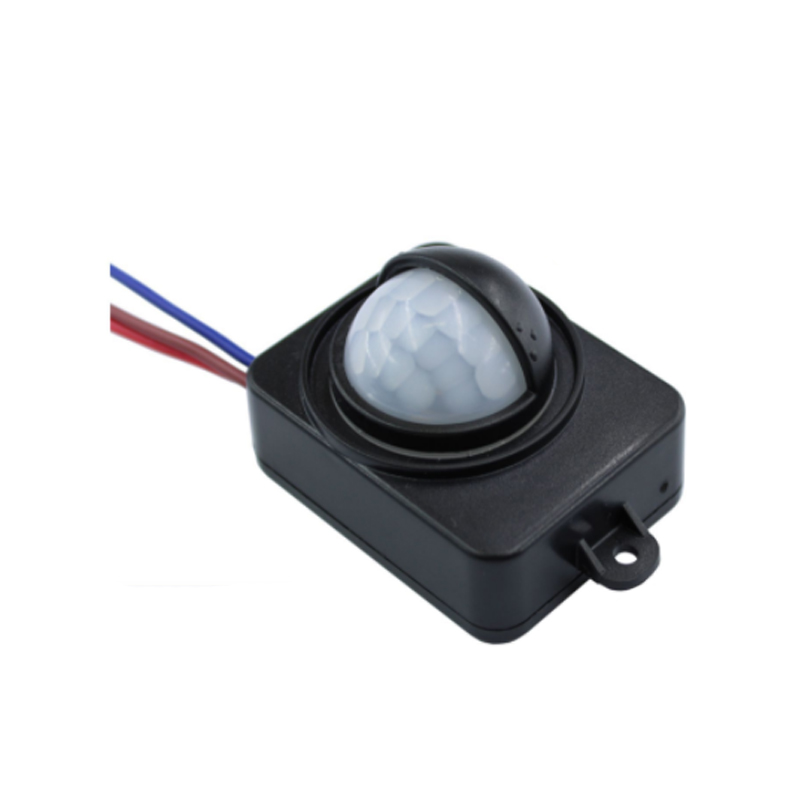
PIR motion detector
FBPIRA1
-
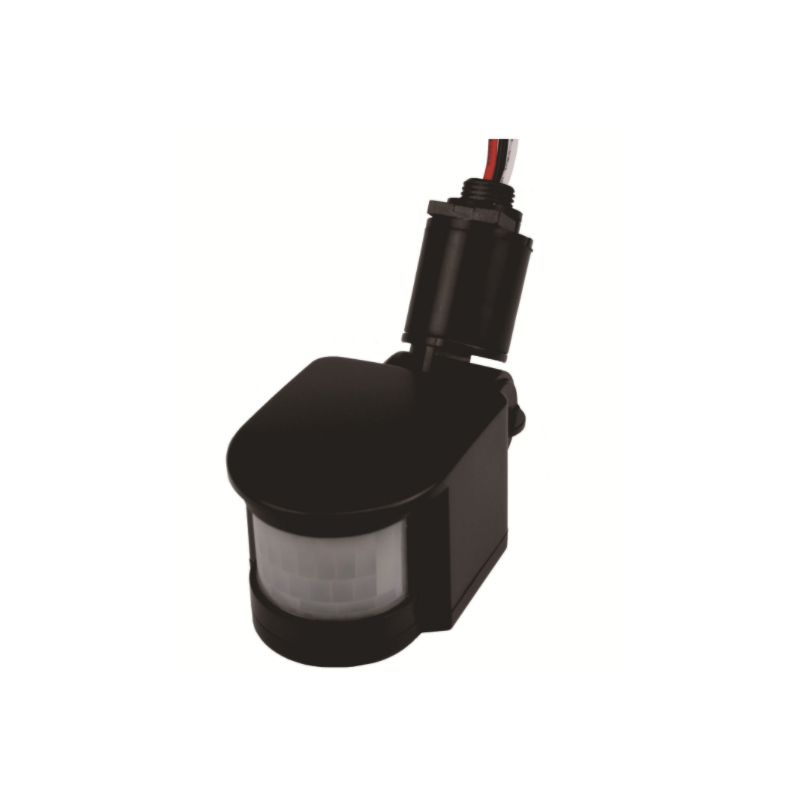
infrared motion sensor
FBPIRA3
-
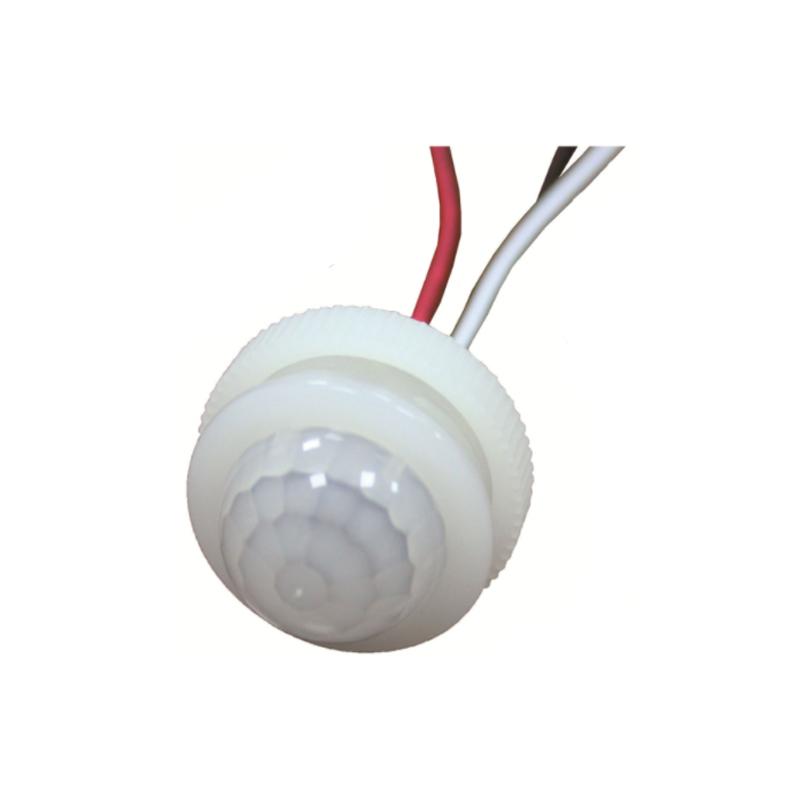
pir motion switches
FBPIRA13
-
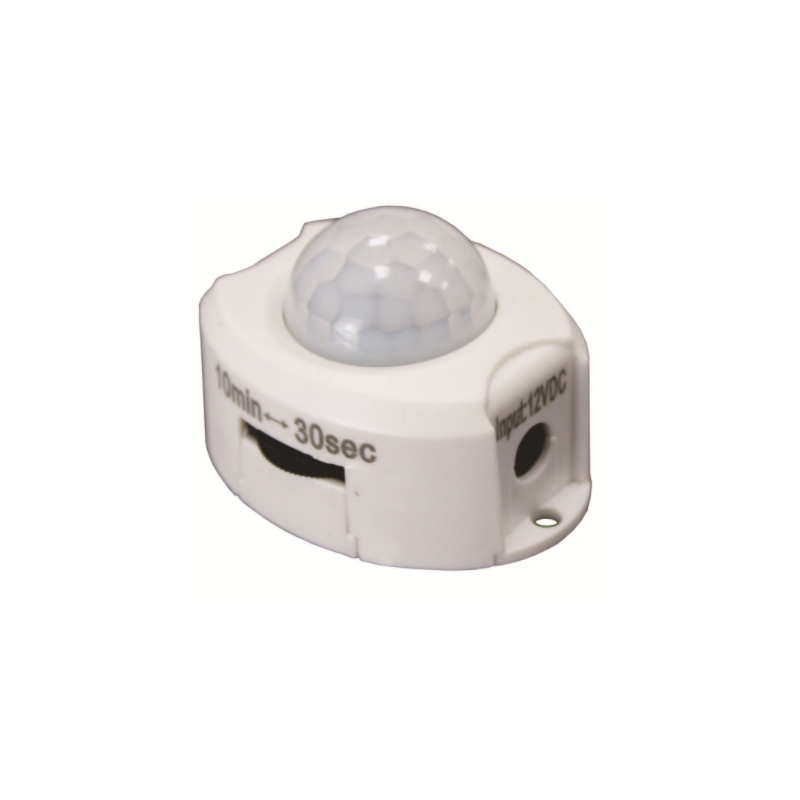
-
Functional features Full automatic induction:
Photosensitive control (can be purchased and installed by yourself, but not set when leaving the factory): the module has a reserved position, which can be set for photosensitive control, and does not sense during the day or when the light is strong.
Trigger mode jumper selection.
Non repeatable trigger mode: that is, after induction output of high level, the output will automatically change from high level to low level as soon as the delay period ends;
Repeatable trigger mode: that is, after induction output of high level, if a human body moves in its sensing range, its output will remain high level during the delay period, and it will delay to change the high level to low level until the person leaves (the induction module will automatically delay a delay period after detecting each activity of the human body, and take the time of the last activity as the starting point of the delay time).
Induction lockout time (default setting: 2.5S lockout time): After each induction output (high level becomes low level), the induction module can set a lockout period immediately, during which the inductor will not receive any induction signal. This function can realize the interval work between "induction output time" and "blocking time", and can be applied to interval detection products; At the same time, this function can effectively suppress various interferences generated during load switching. (This time can be set at a few tenths of a second - tens of seconds).
be careful:
According to the principle of realization, the sensitivity of infrared pyroelectric sensor to human body is also closely related to the direction of human movement. The infrared pyroelectric sensor is the least sensitive to radial movement, but the most sensitive to the transverse direction (that is, the direction perpendicular to the radius) movement.
==>Therefore, if the installation is not correct, it may not work. In addition, according to the principle of module implementation, static people cannot sense.
The sensor only works on moving or moving human body.
==>So if it is used to detect whether there are people on the court or in the classroom, in theory, it is not very accurate.
Scope of application
Security Products
Human inductive toys
Human body sensing lamp
Industrial automation control, etc
With the peripheral circuit, it can automatically and quickly open all kinds of incandescent lamps, fluorescent lamps, buzzers, automatic doors, fans, dryers, automatic washing machines and other devices.
It is especially suitable for hotels, shopping malls, warehouses and family corridors, corridors and other places.
FBelec PIR Sensors
-
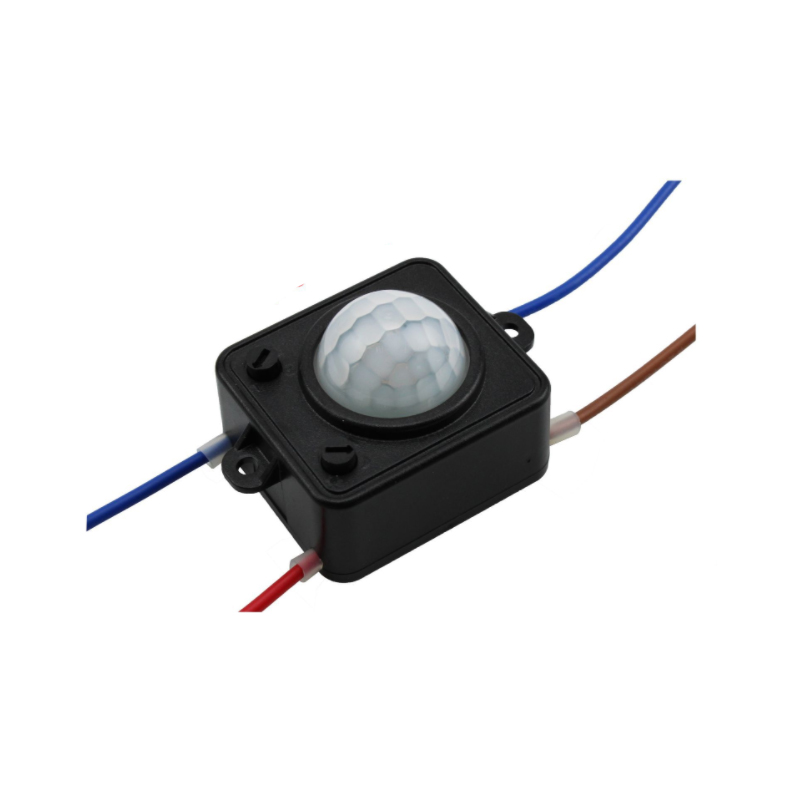
PIR indoor security solutions
FBPIRA2
-
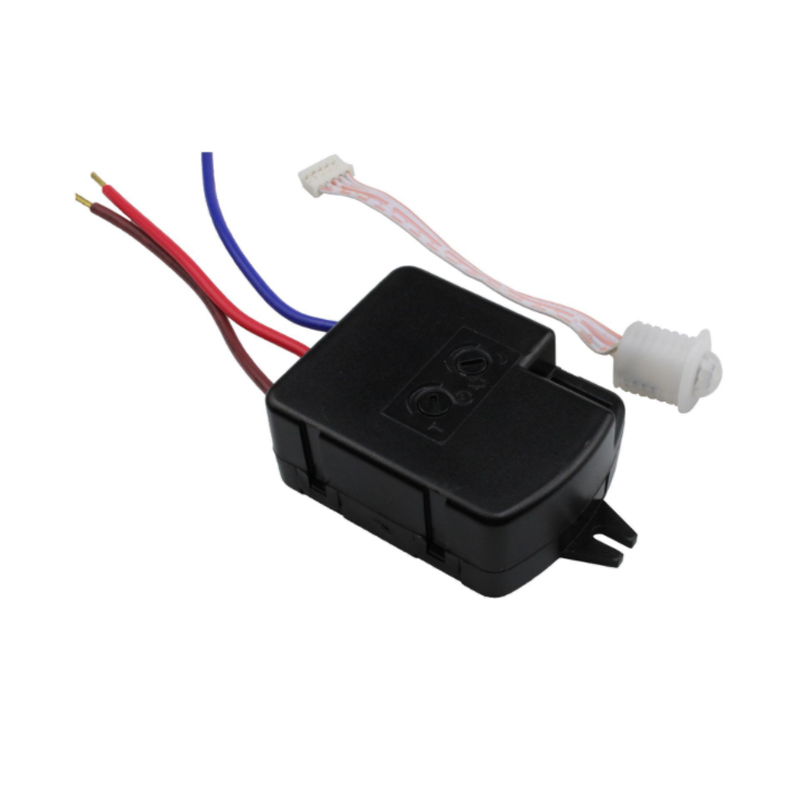
pir motion switches
FBPIRA5
-
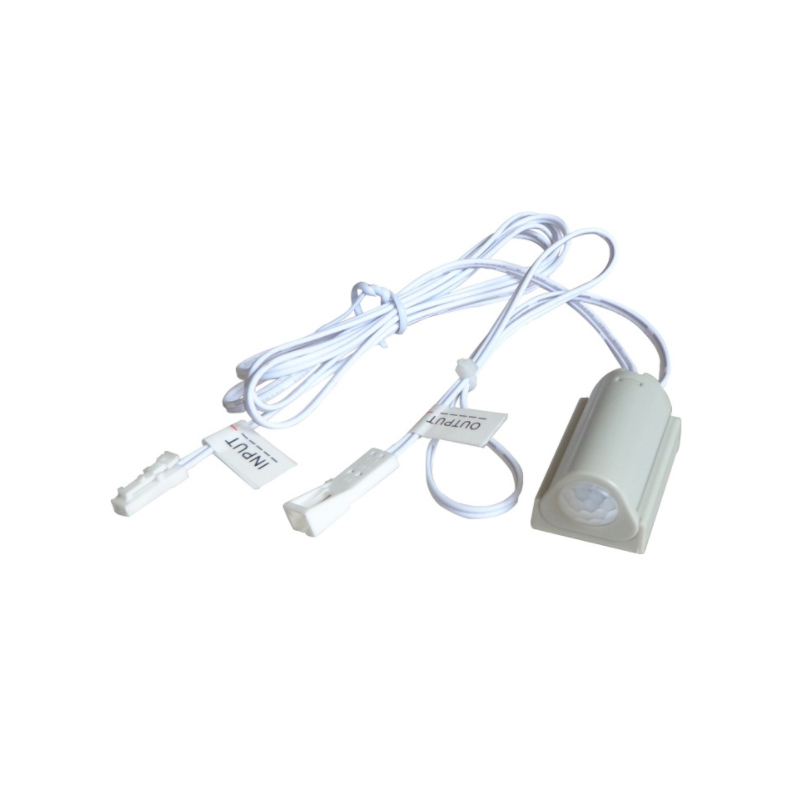
-

PIR indoor security solutions
FBPIRA2
-
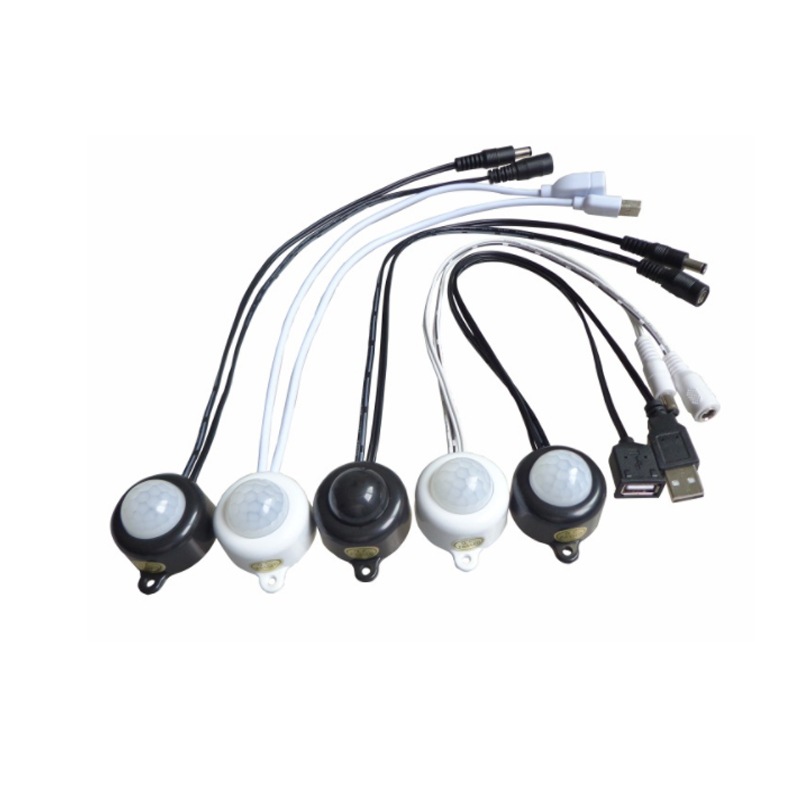
PIR motion sensor
FBPIRB1
-
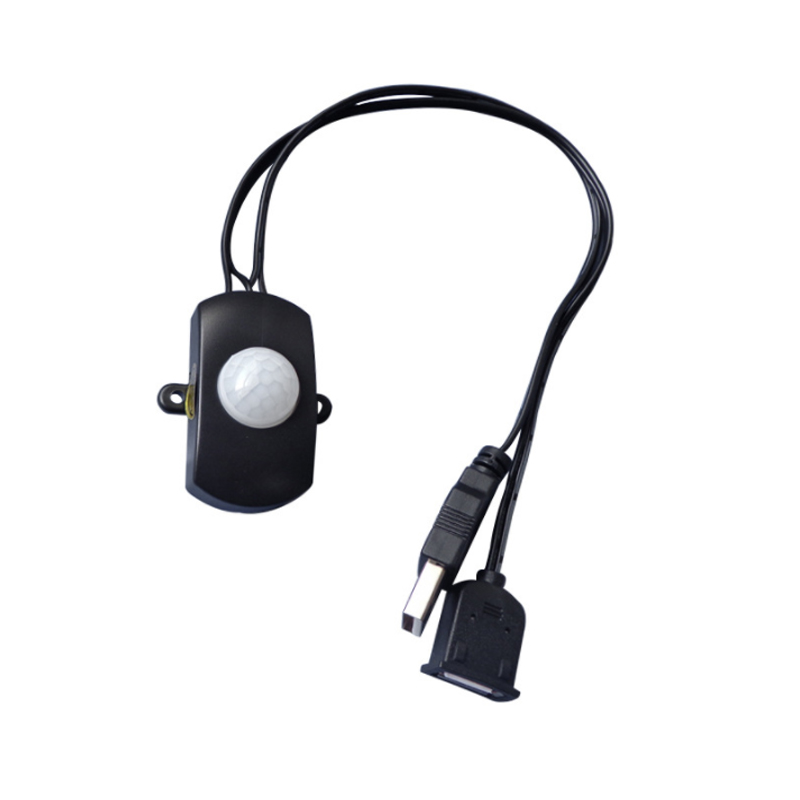
-
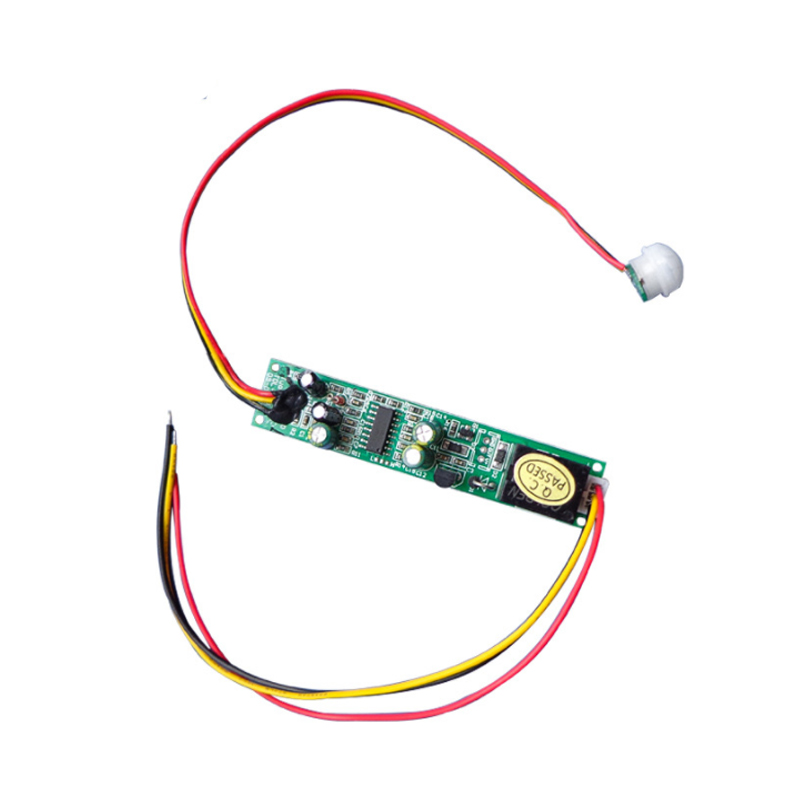
-
